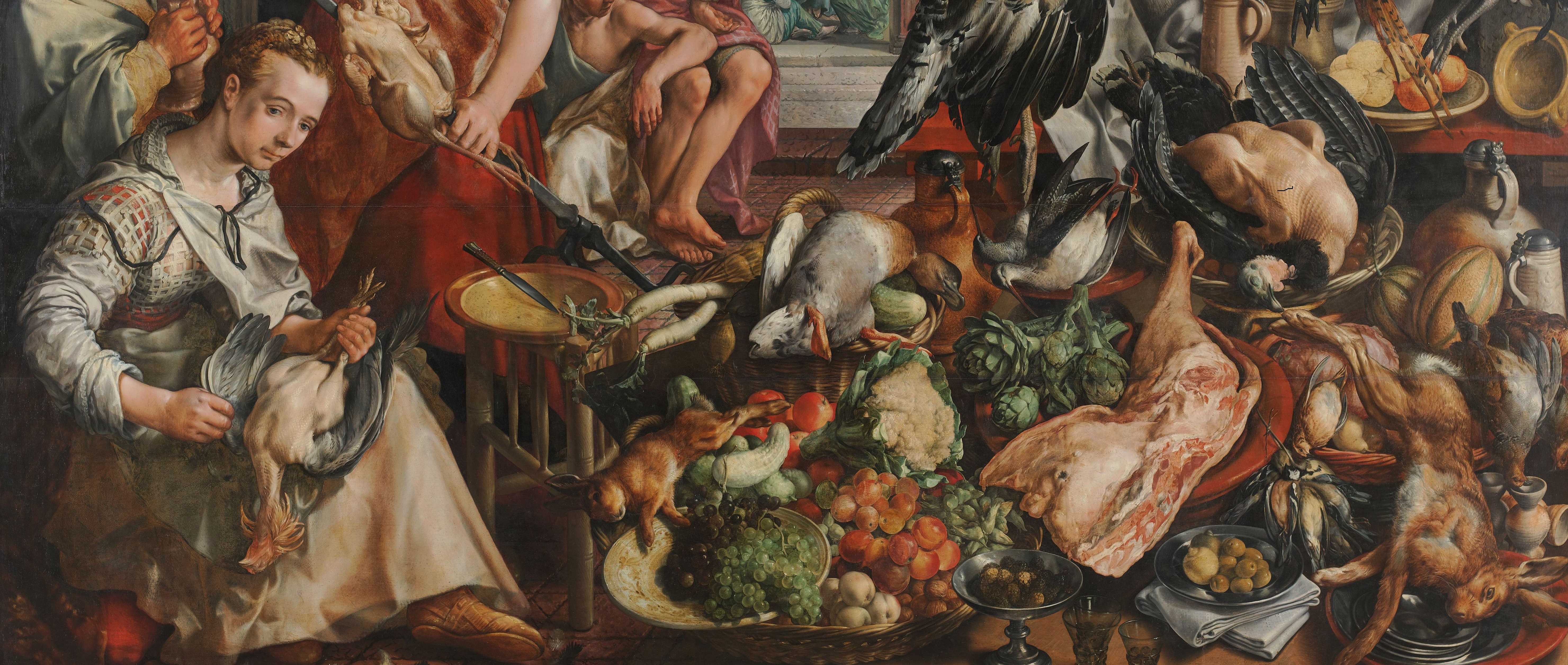
Aphrodisiacs, Fertility and Medicine in Early Modern England is now available for £35. To make a purchase on the Boydell and Brewer website just enter offer code BB401 at the checkout.
A discount flyer and order form can also be found here – click the link and then click on ‘aphrodisiacs 2017’ which appears at the bottom of the cluster of writing)
 It was common knowledge in early modern England that sexual desire was malleable, and could be increased or decreased by a range of foods – including artichokes, oysters and parsnips. This book argues that these aphrodisiacs were used not simply for sexual pleasure, but, more importantly, to enhance fertility and reproductive success; and that at that time sexual desire and pleasure were felt to be far more intimately connected to conception and fertility than is the case today. It draws on a range of sources to show how, from the sixteenth to the eighteenth centuries, aphrodisiacs were recommended for the treatment of infertility, and how men and women utilised them to regulate their fertility. Via themes such as gender, witchcraft and domestic medical practice, it shows that aphrodisiacs were more than just sexual curiosities – they were medicines which operated in a number of different ways unfamiliar now, and their use illuminates popular understandings of sex and reproduction in this period.
It was common knowledge in early modern England that sexual desire was malleable, and could be increased or decreased by a range of foods – including artichokes, oysters and parsnips. This book argues that these aphrodisiacs were used not simply for sexual pleasure, but, more importantly, to enhance fertility and reproductive success; and that at that time sexual desire and pleasure were felt to be far more intimately connected to conception and fertility than is the case today. It draws on a range of sources to show how, from the sixteenth to the eighteenth centuries, aphrodisiacs were recommended for the treatment of infertility, and how men and women utilised them to regulate their fertility. Via themes such as gender, witchcraft and domestic medical practice, it shows that aphrodisiacs were more than just sexual curiosities – they were medicines which operated in a number of different ways unfamiliar now, and their use illuminates popular understandings of sex and reproduction in this period.
Her book reveals that aphrodisiacs were more significant to early modern sexual health practices than historians have realized, which has important ramifications for the history of reproduction and medicine.
Olivia Weisser, Journal of British Studies
This is a highly readable, thought provoking account of the role aphrodisiacs played in England from c. 1600–1800 in ensuring not just a lusty appetite for sex but also a healthy conception and pregnancy … Evans has successfully moved the use of aphrodisiacs from the periphery of knowledge concerning early modern medical care to the center. She convincingly argues that one must see the promotion of sexual desire through the use of certain foods as attempts to treat infertility, regulate fertility, and increase the chances of producing healthy babies who would grow to adulthood. Evans draws on diverse sources to prove her case; they include ballads, herbals, medical treatises, erotic literature, advertisements for fertility aids, witchcraft, spells, and enchantments. Chapters focus on the markets for aphrodisiac literature, the workings of the fertile and infertile body, how lust was believed to be essential to conception, the perils and treatment of magically caused sterility, and how aphrodisiacs were used to regulate menses and prevent miscarriages. What emerges is a rich, nuanced discussion of the shifting understandings of sex and reproduction over 200 years.
L. E. Payne, Choice




